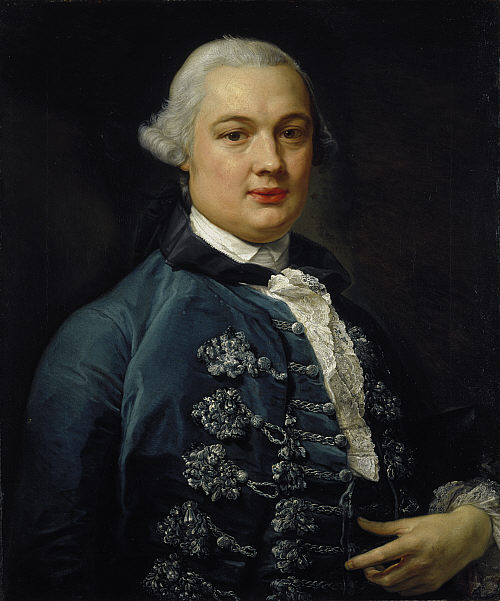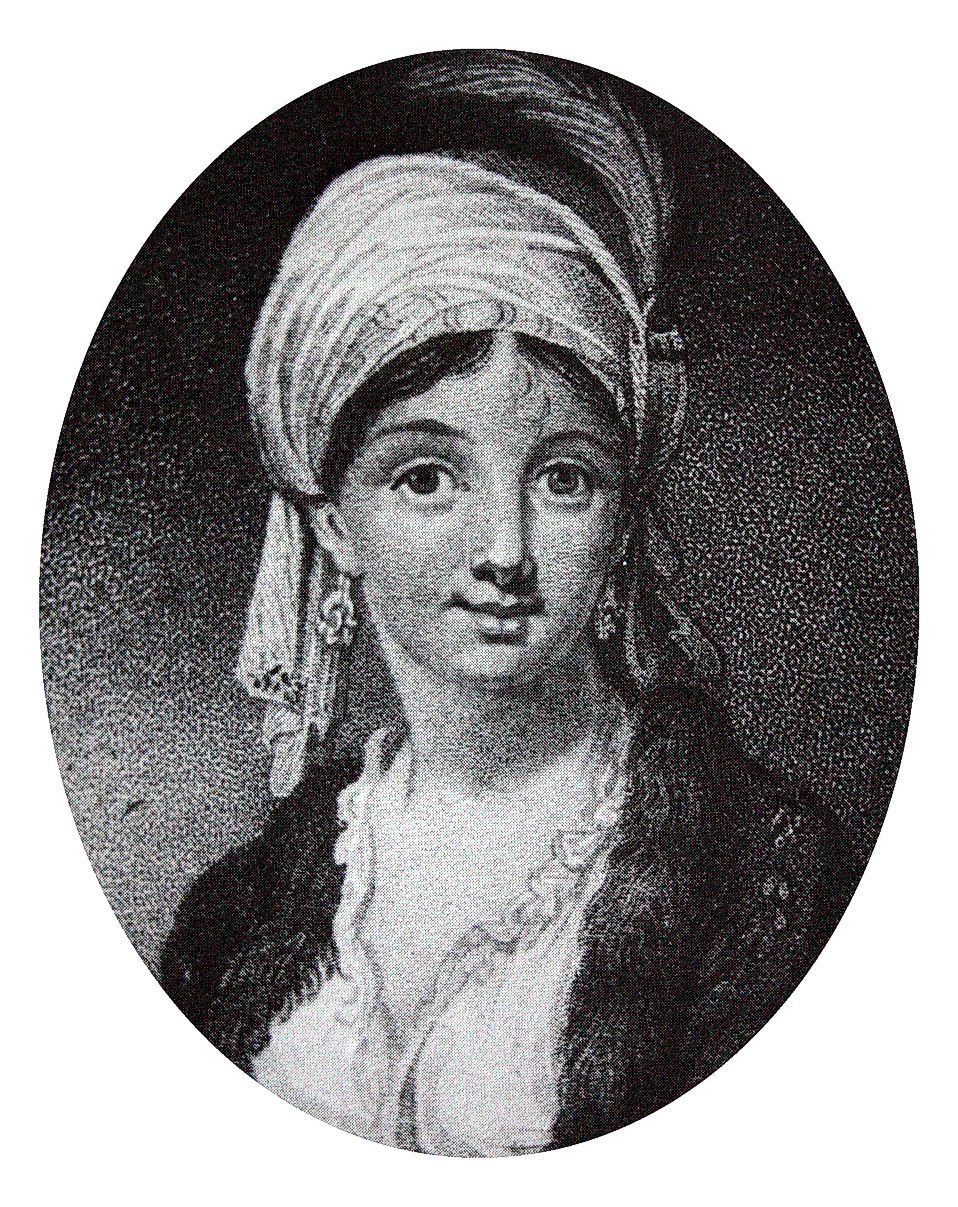|
Badi IV
Badi IV (reigned 1724–1762; died 1764), also known as Badi abu Shilluk, was a ruler of the Kingdom of Sennar. He was the son of his predecessor, Nul. When Emperor Iyasu II of Ethiopia invaded his realm in 1738, the army of Sennar under the leadership of Hamis, a prince of Darfur, inflicted a significant defeat of the invaders at the Battle of the Dindar River. He was deposed by his son, Nasir, with the help of his vizier Sheikh Adelan and his brother Abu Kalec the governor of Kordofan. Badi fled to sanctuary in Ethiopia, where ''Ras'' Mikael Sehul became his mentor. Ras Mikael convinced Emperor Iyoas I to appoint him governor of the province of Ras al-Fil, near the border with Sennar. However, despite the advice of ''Ras'' Wolde Leul, one of Iyoas' senior counselors, envoys from Sennar convinced Badi to return to Sennar where he was quietly murdered after an imprisonment of two years. The Scots explorer James Bruce adds that Badi was killed by Welled Hassan, the governor ... [...More Info...] [...Related Items...] OR: [Wikipedia] [Google] [Baidu] |
Kingdom Of Sennar
The Funj Sultanate, also known as Funjistan, Sultanate of Sennar (after its capital Sennar) or Blue Sultanate due to the traditional Sudanese convention of referring to black people as blue () was a monarchy in what is now Sudan, northwestern Eritrea and western Ethiopia. Founded in 1504 by the Funj people, it quickly converted to Islam, although this embrace was only nominal. Until a more orthodox Islam took hold in the 18th century, the state remained an "African empire with a Muslim façade". It reached its peak in the late 17th century, but declined and eventually fell apart in the 18th and 19th centuries. In 1821, the last sultan, greatly reduced in power, surrendered to the Ottoman Egyptian invasion without a fight. History Origins Christian Nubia, represented by the two medieval kingdoms of Makuria and Alodia, began to decline from the 12th century. By 1365 Makuria had virtually collapsed and was reduced to a petty kingdom restricted to Lower Nubia, until finally disapp ... [...More Info...] [...Related Items...] OR: [Wikipedia] [Google] [Baidu] |
Ras Al-Fil
Ras al-Fil (Arabic: lit. 'head of the elephant') was a former governorate of the Christian Ethiopian state, located to the west of the river Atbara and Mätämma near the Ethiopian-Sudanese border. Ras al-Fil seems to have been the principal market for gold on a caravan route between Gonder, Sinnar and Fung, often frequented by Säbärti as well as Sinnar merchants. It was a four day journey from Sinnar, and was considered one of the safest trade routes between the two countries. Though its territorial extent is unclear, Ras al-Fil once consisted of 39 villages. After the military expedition of Atse Iyasu II and Ras Wäldä Léul against them, Ras al-Fil no longer paid tribute to Sinnar and became one of Ethiopia's frontier provinces. Most of its inhabitants were expert horsemen. At the time of James Bruce's visit, it was ruled by a Christian called Ato Kénfu. Bruce was offered a deputy governorship that he did not exercise actively owing to its unfavourable location. Badi IV ... [...More Info...] [...Related Items...] OR: [Wikipedia] [Google] [Baidu] |
1764 Deaths
1764 ( MDCCLXIV) was a leap year starting on Sunday and is the fifth year of the 1760s decade, the 64th year of the 18th century, and the 764th year of the 2nd millennium. Events January–June * January 7 – The Siculicidium is carried out as hundreds of the Székely minority in Transylvania are massacred by the Austrian Army at Madéfalva. * January 19 – John Wilkes is expelled from the House of Commons of Great Britain, for seditious libel. * February 15 – The settlement of St. Louis is established. * March 15 – The day after his return to Paris from a nine-year mission, French explorer and scholar Anquetil Du Perron presents a complete copy of the Zoroastrian sacred text, the ''Zend Avesta'', to the ''Bibliothèque Royale'' in Paris, along with several other traditional texts. In 1771, he publishes the first European translation of the ''Zend Avesta''. * March 17 – Francisco Javier de la Torre arrives in Manila to become the new ... [...More Info...] [...Related Items...] OR: [Wikipedia] [Google] [Baidu] |
Rulers Of Sennar
A ruler, sometimes called a rule, line gauge, or scale, is a device used in geometry and technical drawing, as well as the engineering and construction industries, to measure distances or draw straight lines. Variants Rulers have long been made from different materials and in multiple sizes. Some are wooden. Plastics have also been used since they were invented; they can be molded with length markings instead of being scribed. Metal is used for more durable rulers for use in the workshop; sometimes a metal edge is embedded into a wooden desk ruler to preserve the edge when used for straight-line cutting. in length is useful for a ruler to be kept on a desk to help in drawing. Shorter rulers are convenient for keeping in a pocket. Longer rulers, e.g., , are necessary in some cases. Rigid wooden or plastic yardsticks, 1 yard long, and meter sticks, 1 meter long, are also used. Classically, long measuring rods were used for larger projects, now superseded by ta ... [...More Info...] [...Related Items...] OR: [Wikipedia] [Google] [Baidu] |
Bulletin Of The School Of Oriental And African Studies
Bulletin or The Bulletin may refer to: Periodicals (newspapers, magazines, journals) * Bulletin (online newspaper), a Swedish online newspaper * ''The Bulletin'' (Australian periodical), an Australian magazine (1880–2008) ** Bulletin Debate, a famous dispute from 1892 to 1893 between Henry Lawson and Banjo Paterson * ''The Bulletin'' (alternative weekly), an alternative weekly published in Montgomery County, Texas, U.S. * ''The Bulletin'' (Bend), a daily newspaper in Bend, Oregon, U.S. * ''The Bulletin'' (Belgian magazine), a weekly English-language magazine published in Brussels, Belgium * ''The Bulletin'' (Philadelphia newspaper), a newspaper in Philadelphia, Pennsylvania, U.S. (2004–2009) * ''The Bulletin'' (Norwich) * ''The Bulletin'' (Pittsburgh), a monthly community newspaper in Pittsburgh, Pennsylvania, U.S. * ''London Bulletin'', surrealist monthly magazine (1938–1940) * ''The Morning Bulletin'', a daily newspaper published in Rockhampton, Queensland, Austral ... [...More Info...] [...Related Items...] OR: [Wikipedia] [Google] [Baidu] |
Atbara
Atbara (sometimes Atbarah) ( ar, عطبرة ʿAṭbarah) is a city located in River Nile State in northeastern Sudan. Because of its links to the railway industry, Atbara is also known as the "Railway City'. As of 2007, its population is 111,399. History The confluence of the Nile and its most northern tributary, the Atbarah River (Bahr-el-Aswad, or Black River) was a strategic location for military operations. in the year 1619 Atbara was conquered and sacked by forces of the Ethiopian Empire. In the Battle of Atbara, fought on 8 April 1898 near Nakheila, on the north bank of the river, Lord Kitchener's Anglo-Egyptian army defeated the Mahdist forces, commanded by Amir Mahmud Ahmad. Kitchener's strengthened position led to a decisive victory at the Battle of Omdurman on 2 September 1898, giving the British control over the Sudan. The town was the centre of the Sudanese railway industry. Few trains are made here now and rail traffic is much reduced. The original stat ... [...More Info...] [...Related Items...] OR: [Wikipedia] [Google] [Baidu] |
James Bruce
James Bruce of Kinnaird (14 December 1730 – 27 April 1794) was a Scottish traveller and travel writer who confirmed the source of the Blue Nile. He spent more than a dozen years in North Africa and Ethiopia and in 1770 became the first European to trace the origins of the Blue Nile from Egypt and Sudan. Early life James Bruce was born at the family seat of Kinnaird, Stirlingshire, and educated at Harrow School and Edinburgh University, and began to study for the bar, but his marriage to the daughter of a wine importer and merchant resulted in him entering that business instead. His wife died in October 1754, within nine months of marriage, and Bruce thereafter travelled in Portugal and Spain as part of the wine trade. The examination of oriental manuscripts at the Escorial in Spain led him to the study of Arabic and Ge'ez and determined his future career. In 1758 his father's death placed him in possession of the estate of Kinnaird. To North Africa On the outbreak of war ... [...More Info...] [...Related Items...] OR: [Wikipedia] [Google] [Baidu] |
Wolde Leul
Wolde is a municipality in the Mecklenburgische Seenplatte district, in Mecklenburg-Vorpommern, Germany Germany,, officially the Federal Republic of Germany, is a country in Central Europe. It is the second most populous country in Europe after Russia, and the most populous member state of the European Union. Germany is situated betwe .... References {{MecklenburgischeSeenplatte-geo-stub ... [...More Info...] [...Related Items...] OR: [Wikipedia] [Google] [Baidu] |
Iyoas I Of Ethiopia
Iyoas I ( Ge'ez: ኢዮአስ; died 14 May 1769), throne name Adyam Sagad (Ge'ez: አድያም ሰገድ) was Emperor of Ethiopia from 27 June 1755 to 7 May 1769, and a member of the Solomonic dynasty. He was the infant son of Iyasu II and Wubit (Welete Bersabe), the daughter of an Oromo chieftain of the Karrayyu. Iyoas and Mentewab Despite his extreme youth, he was the candidate proposed by Empress Mentewab, his grandmother, who then acted as his regent. Her proposal was supported by the great nobles of the reign, ''Ras'' Wolde Leul her brother, Waragna, Ayo governor of Begemder, and ''Ras'' Mikael Sehul. One handicap with this tactic of ruling through a proxy, as Richard Pankhurst points out, was that neither Iyoas, due to his age, nor Empress Mentewab, due to her sex, could operate far from the capital city of Gondar, and relied on Waragna and her brothers to lead many of the military campaigns. The very first challenge to Iyoas' rule, when Nanna Giyorgis rebelled in Damot ... [...More Info...] [...Related Items...] OR: [Wikipedia] [Google] [Baidu] |
Mikael Sehul
Mikael Sehul (born Blatta Mikael; 1692 – 1784) was a nobleman who ruled Ethiopia for a period of 25 years as regent of a series of weak emperors. He was also a Ras or governor of Tigray 1748–71 and again from 1772 until his death. He was a major political figure during the reign of Emperor Iyasu II and his successors until almost the time of his death. The Scottish explorer James Bruce met Mikael during his stay in Ethiopia, and recorded the following description of the Ras when he granted Bruce an audience: We went in, and saw the old man sitting upon a sofa; his white hair was dressed in many short curls. He appeared to be thoughtful, but not displeased; his face was lean, his eyes quick and vivid, but seemed to be a little sore from exposure to the weather. he seemed to be about six feet high, though his lameness made it difficult to guess with accuracy. His air was perfectly free from constraint, what the French call ''degagée''. In face and person he was liker my learn ... [...More Info...] [...Related Items...] OR: [Wikipedia] [Google] [Baidu] |





